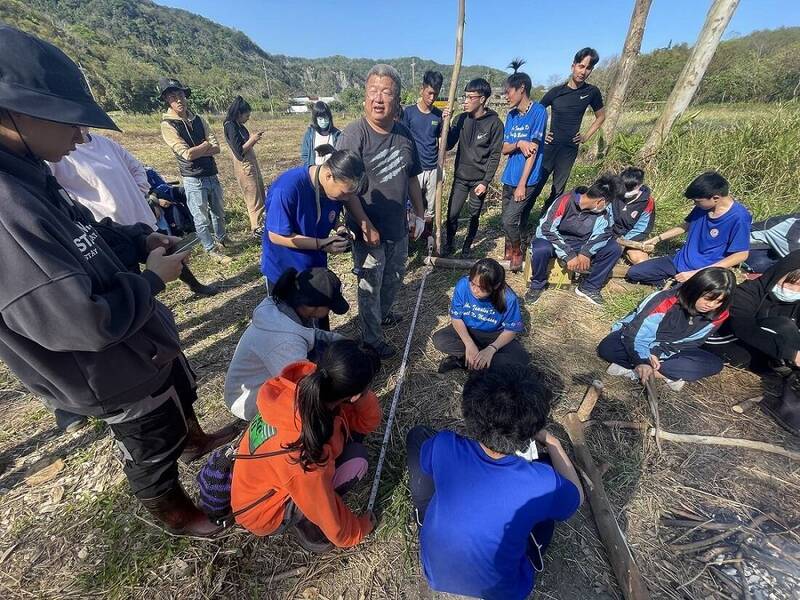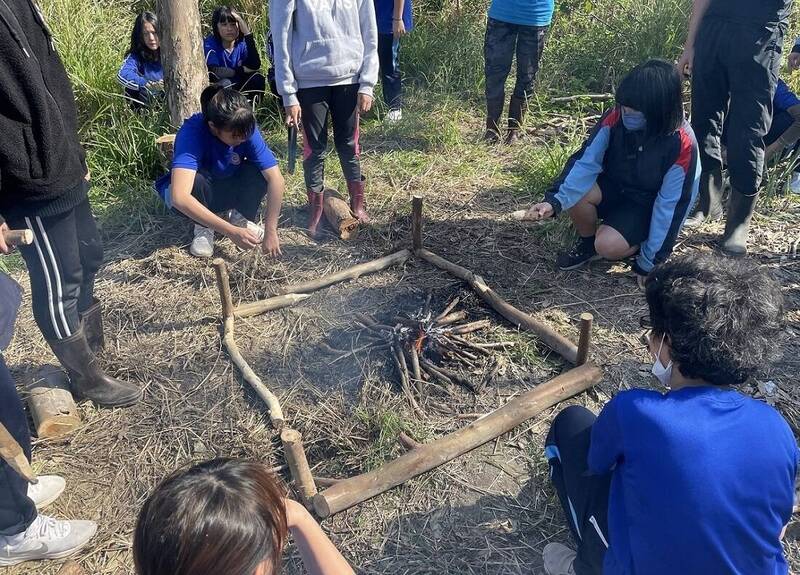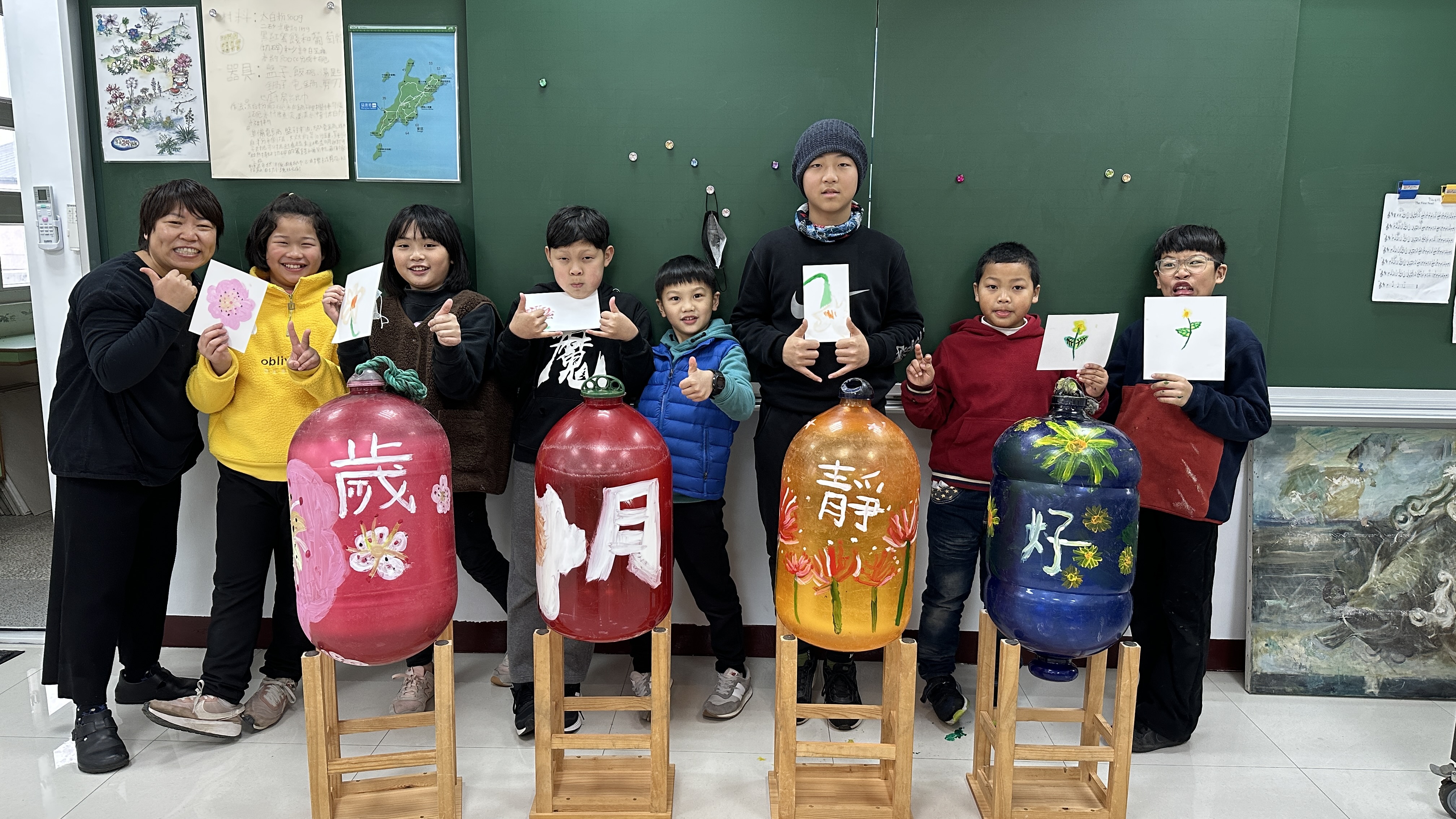Today is World Forest Day. The Ministry of Education launches aesthetic courses combined with forest protection.
News source:<free times>

Today, March 21, is World Forest Day. The Ministry of Education has launched an aesthetic education program that combines environmental issues and cross-border forest protection to allow students to learn in a more flexible and diverse way. For example, Fengbin Junior High School in Hualien County integrates forests into the aesthetic curriculum. Relevant Amis language teaching, traditional tribal living space and usage habits, etc., lead students into forest reclamation practice to expand students' understanding of forests.
Peng Baoshu, Section Chief of the Teacher Training and Art Education Department of the Ministry of Education, explained that World Forest Day is a commemorative day established by the United Nations in 2013 to enhance human understanding of forests and understand the importance of forests to future generations, so as to promote the protection of the forest environment and For sustainable use, the Ministry of Education's "Interdisciplinary Aesthetic Education Excellence Pilot Project" deepens the combination of art and non-art subjects. To this end, it combines forest protection issues and deepens students' attention to forests.
Take Fengbin Junior High School in Hualien County as an example. The school's "Ami traditional relationship with land and management methods" course combines visual arts, mathematics, life science and technology, nature, Chinese, society and other different fields. The course last semester started with forest courses. Explore the relationship between people and the environment during the semester, and learn forest management planning strategies; in the next semester, you will learn traditional tribal architectural knowledge and make the Ami "octagonal kite" to further understand the significance of tribal culture to environmental sustainability, and cherish the indigenous land and Ecological wisdom.
The teacher asked the question "What is a forest?" to guide students to explore the nature of the forest from their own perspective, and then introduced the scientific layering of the forest structure, as well as the traditional living space and usage habits of the tribes, to expand students' understanding of the forest, and at the same time incorporate the Ami-related aspects of the forest. Ethnic language teaching, such as "kilang" representing trees and "kilakilangan" representing forest, enables students to establish a sense of identity and belonging to the forest.
In addition, the course "Reclamation Practice" arranges students to go into the forest in person, learn to sort wood and use a chain saw. Through interaction with the forest, they understand the tribal culture and the importance of forest architecture, and introduce the concept of architectural perspective to learn about tribes. Traditional wooden pile making and perspective drawing are used to learn basic construction knowledge such as measurement and dimensioning. The mathematics course also integrates the "Amis octagonal kite culture", allowing students to apply aesthetics to the "octagonal star totem creation" and kite cloth design.




